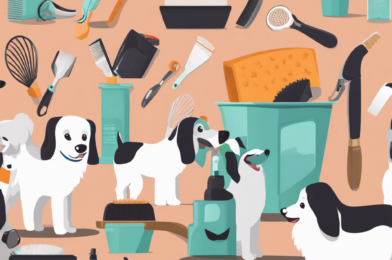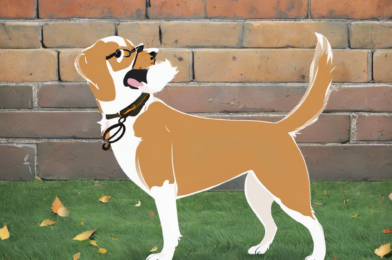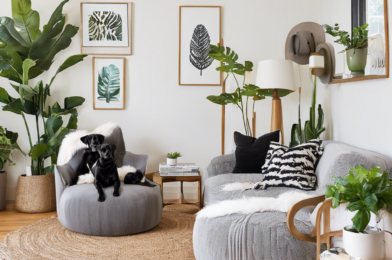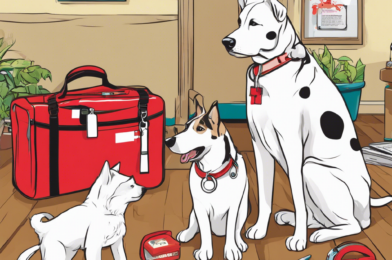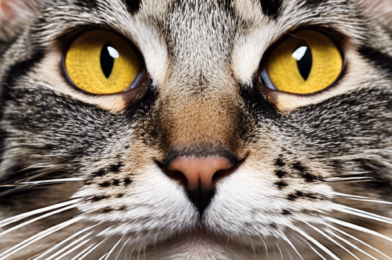Creating a safe outdoor space for your cat can be a fun and rewarding project. Cats are naturally curious and playful, and they love having the opportunity to explore and relax in a secure environment. One popular way to achieve this is by building a “catio” – an enclosed outdoor space specifically designed for felines.
So, where do you start? The first step is to assess your outdoor space and decide on the best location for the catio. Consider factors such as sunlight, protection from weather, and a view of interesting surroundings, such as a garden or bird feeder. You want to create a space that is not only secure but also inviting for your cat. Think about incorporating places for your cat to climb, scratch, and play, as well as comfortable spots for napping and lounging.
When it comes to design, the options are endless. You can opt for a simple enclosure attached to a window or invest in a custom-built catio with all the bells and whistles. Many companies specialize in catio design and construction, offering a range of options to suit different spaces and budgets. If you’re handy, you can even build your own using online resources and DIY guides. The key is to ensure that the structure is secure, with proper fencing and a roof, to keep your cat safe from potential predators and escape attempts.
Another important consideration is access. You’ll need to decide how your cat will enter and exit the catio. Cat flaps installed in windows or doors are a common choice, providing easy passage for your feline friend. Ensure that any access points are securely fitted and cannot be easily breached by other animals or potential intruders.
Remember to include plenty of enriching features inside the catio to keep your cat entertained. This could be hanging toys, scratching posts, platforms to climb and jump between, or even a small garden bed for your cat to safely enjoy some outdoor greenery. You can also add some comfortable bedding and hiding spots to make the space extra cozy and inviting.
Creating a safe outdoor space for your cat is a rewarding way to give your pet the best of both worlds – the adventure of the outdoors and the security of being indoors. With a catio, you can have peace of mind knowing your cat is safe from dangers such as cars, predators, and diseases transmitted by other cats, while still allowing them to enjoy fresh air and stimulation.
To make the space even more enticing, consider adding some cat-safe plants and herbs, such as catnip or silver vine. Not only will they add a natural touch, but they will also provide an extra sensory experience for your cat. You can also install a small fountain or water feature to encourage hydration and create a calming atmosphere.
Maintenance is also an important factor to consider. Ensure that the catio is easy to clean and maintain, with materials that can withstand the elements. Regularly inspect the structure for any signs of wear and tear, and make repairs as needed to keep the space secure. With proper maintenance, your catio can provide your cat with years of outdoor enjoyment.
Lastly, don’t forget to make the space visually appealing, too. Adding some colorful cushions, fun decorations, or even string lights can make the catio an enjoyable space for both you and your cat. Creating a safe outdoor space for your cat is not only practical but can also be a stylish addition to your home and a great conversation starter.
By taking the time to create a safe and stimulating outdoor space for your cat, you’ll be providing them with endless hours of entertainment and enrichment. So, get creative, roll up your sleeves, and enjoy building the perfect catio paradise for your beloved feline companion.

